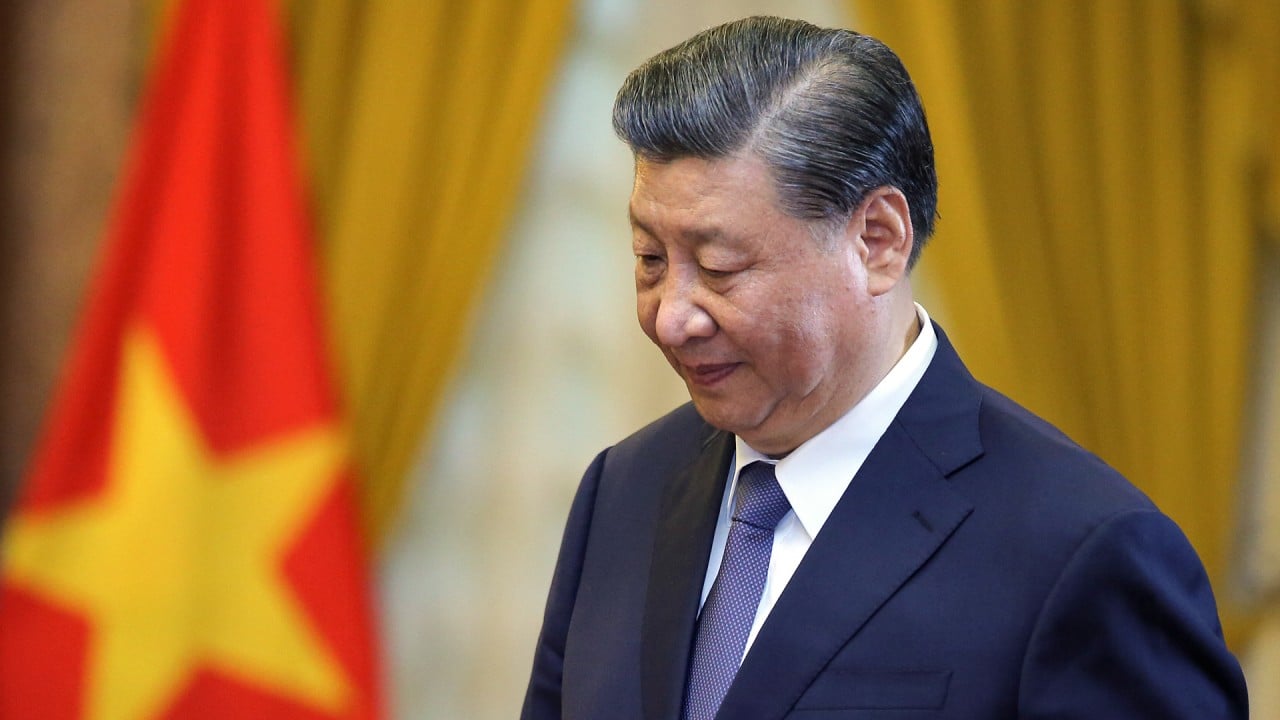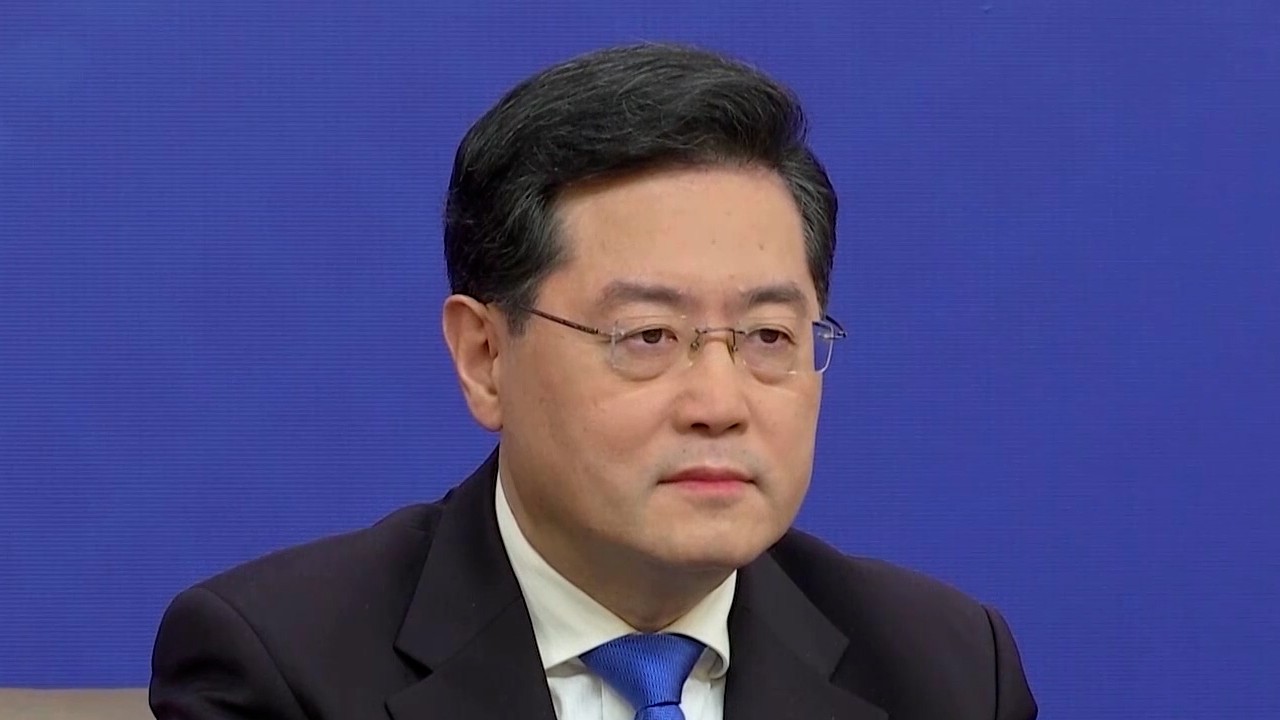
As US-China ties struggle in ‘choppy waters’, diplomacy rides ‘a surging river’ of metaphors
- Recent speeches by Chinese leaders are infused with symbolism, but decoding them is key to understanding Beijing’s world view
- Xi Jinping’s speeches and remarks show he is fond of using military and war metaphors, researchers say
Instead of a straightforward answer, he chose to compare the deeply troubled US-China ties to a ship braving stormy seas.
“How to recalibrate the direction of the giant ship of China-US relations, steer it clear of hidden rocks and shoals, and guide it through gorges of historical significance is a major subject that we must think about thoroughly and a question we must answer for our times,” Wang was quoted as saying by the Chinese foreign ministry website in Beijing on Friday.
Metaphors and figurative language are pervasive in the Communist Party’s political and diplomatic discourse, especially when it comes to touchy issues such as Beijing’s love-hate relationship with Washington.
Chinese metaphors are often rich in political connotations and symbolism.
At a closed-door meeting of top party cadres and diplomats during the final week of 2023, Xi painted a grim picture of China’s external environment, pointing to “various difficulties and challenges” amid “high winds and choppy waters”.
120 years of SCMP: our China desk is witness to changes inside country and out
Xi was even blunter when he met the country’s ambassadors and diplomatic envoys on December 29 for the first time since the outbreak of Covid-19 pandemic, labelling the Biden administration’s alliance-based strategy as an effort to bog down China.
“External forces have continuously escalated their suppression and containment against us, posing special challenges to our diplomatic work. You all have undergone special tests,” he was quoted by the ministry’s website as saying, without naming the US or other countries.
But then Xi moderated his tone in a nationally televised New Year’s message, claiming the country had “endured the test of winds and rains” last year and was “bound to encounter headwinds” both at home and abroad.
He brushed aside widespread concerns about China’s lacklustre economic recovery and the looming challenges of elections in the US and Taiwan, following another year of rancorous feuds with Washington and the mysterious removal of his protégés, former foreign minister Qin Gang and former defence minister Li Shangfu.
Research on Xi’s published speeches and remarks by three mainland scholars at East China University of Science and Technology in Shanghai has shown that he has an inclination for military and war metaphors, such as “struggle”, “battle” and “fighters”.
In Xi’s remarks at the Central Party School in 2019 entitled “Meet Challenges Head-on”, the word dou zheng, which translates to “struggle” or “fight” in English, appeared 56 times in the speech of less than 2,000 words, according to the study published in 2021.
But the authors also noted that while military metaphors were common and accepted in Chinese discourse, it was different for English-based Western cultures where “mechanically rendering these concepts of war in English translations may produce different conceptual associations and cause serious misinterpretations”.
“Crossroads” is another metaphor Chinese leaders and diplomats have frequently used to describe their world views and Beijing’s ties with Western countries. But according to Tsinghua University strategist Yan Xuetong, the word can be easily misunderstood due to cultural differences.
Amid US-China rivalry, Vietnam’s sweet spot diplomacy is a master class
In his political report to the party congress in 2022, Xi said “the world has once again reached a crossroads in history” after denouncing Washington’s “hegemonic, high-handed, and bullying” tactics against Beijing.
“Here we are no longer talking about both sides, we are talking about the direction in which our world is going backwards,” Yan said in a speech in April.
“In Chinese, we do not use ‘crossroads’ to describe a good prospect. It means we are heading towards disaster.”



